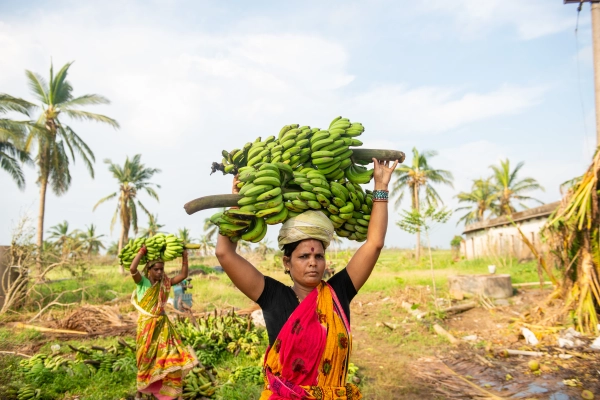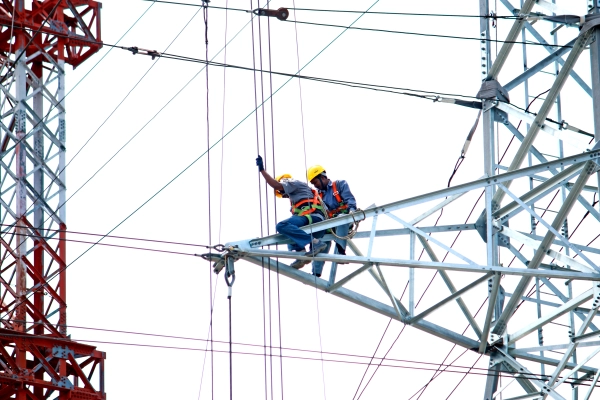Odisha's transition to cleaner energy sources could serve as a pivotal point in India's decarbonization journey, particularly given the region’s coal-dependent sectors and substantial industrial presence, including steel and aluminum manufacturing, as well as oil refining. A striking 90% of Odisha’s electricity production relies on coal.
Nevertheless, Odisha's significant potential for a just and strategic energy transition positions it as a possible catalyst for broader national decarbonization efforts, significantly influencing India's sustainability and carbon reduction goals. According to the International Forum for Environment, Sustainability and Technology (iFOREST) research in 2025, Odisha has the potential and resources to generate more than 200 GW of solar energy from different fields, including 138 GW from groundmounted and 33.5 GW from floating resources.
Nevertheless, Odisha's significant potential for a just and strategic energy transition positions it as a possible catalyst for broader national decarbonization efforts, significantly influencing India's sustainability and carbon reduction goals. According to the International Forum for Environment, Sustainability and Technology (iFOREST) research in 2025, Odisha has the potential and resources to generate more than 200 GW of solar energy from different fields, including 138 GW from groundmounted and 33.5 GW from floating resources.
Read More on GEM Wiki








